Taken from Kendall-Jackson’s own website, here are the basics of wine pairing:
- Pair Similar Flavors
- Wine with similar flavors pair well together – fish with lemon sauce pairs well with citrusy Sauvignon Blanc.
- Pair Similar Weight And Texture
- Pair light, medium, and heavy dishes with corresponding wines – both medium and rich, Lobster and Chardonnay go very well together.
- Pair Same Sweetness
- Wine should always be of equal sweetness, if not more sweet, than the dish it’s paired with – pork chops and apple sauce are perfect with sweet Riesling.
- Pair Crisp With Salt
- A crips wine balances salty food – kalamata olives and feta tapas are complemented by crisp Sauvignon Blanc.
- Pair According To Sauce
- Light citrus sauces go well with Sauvignon Blanc and Chardonnay, heavy cream and mushroom sauces pair with Chardonnay and Pinot Noir, and red and meat sauces go well with Merlot, Cabernet, and Syrah.
- Pair For The Spice
- Spicy foods are relieved by sweet wines – hot Asian foods go very well with Riesling.
- Pair Tannins With Fat
- Tannic wines cut through fat leaves in the mouth – Cabernet Sauvignon pairs great with steak.
Click on this infographic for an easy visual guide for what foods pair with what wines:
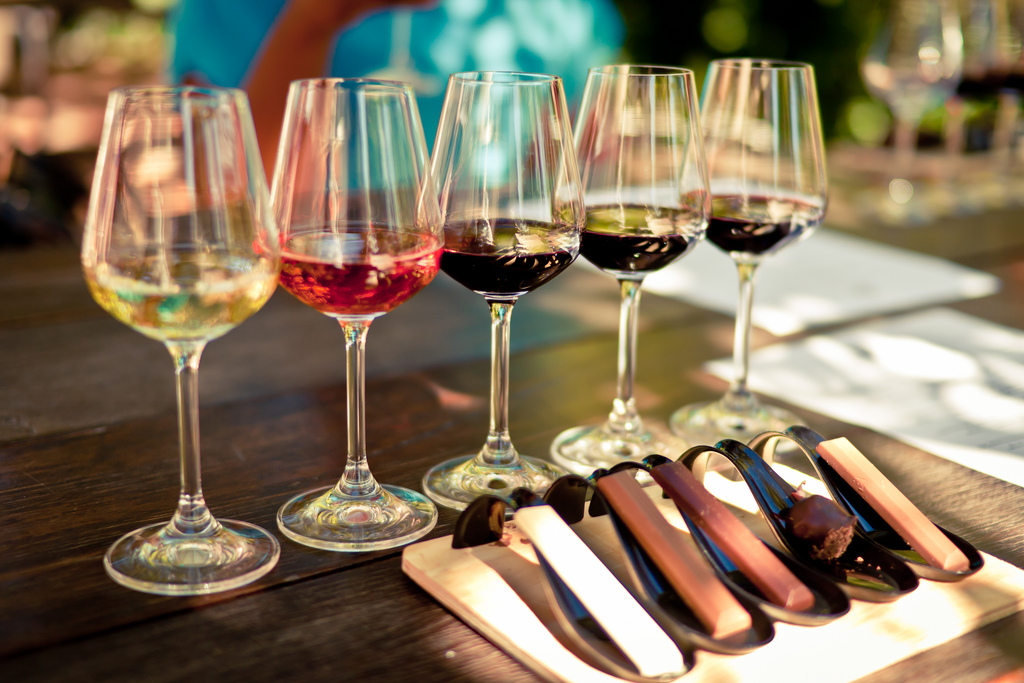
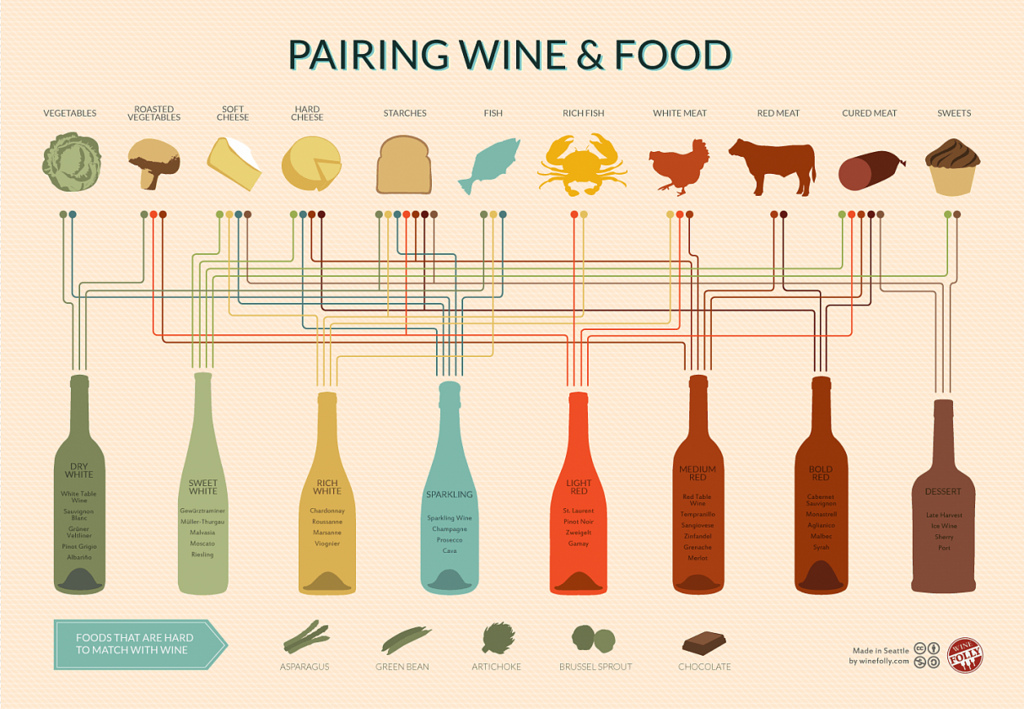
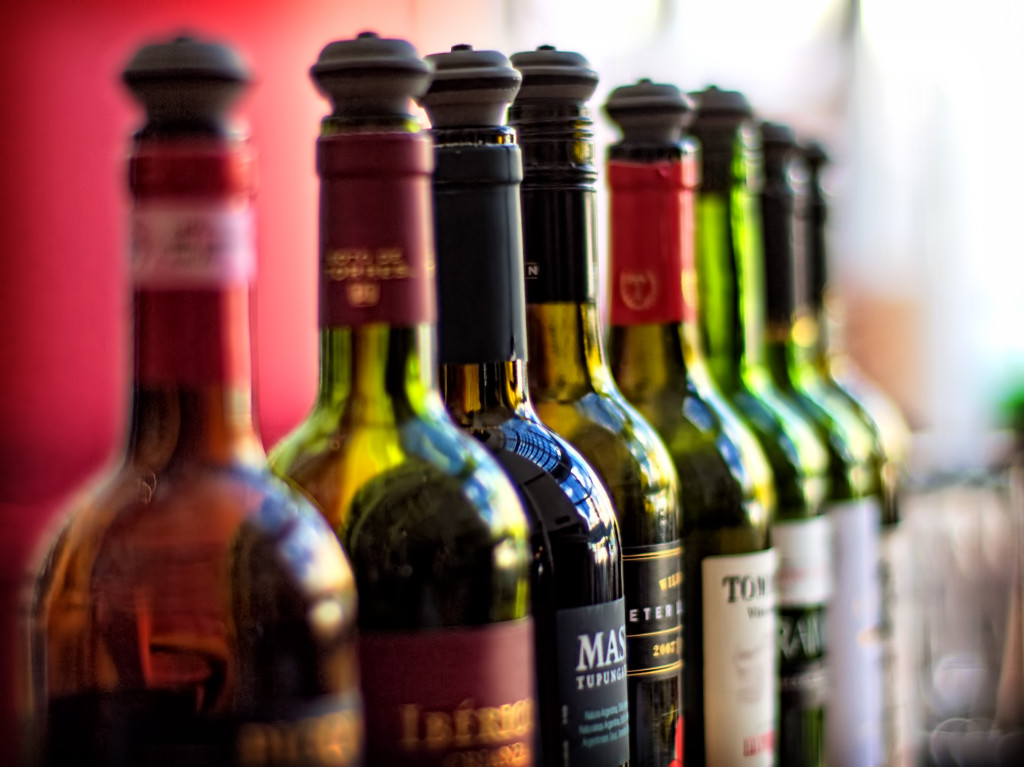
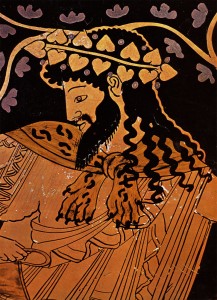
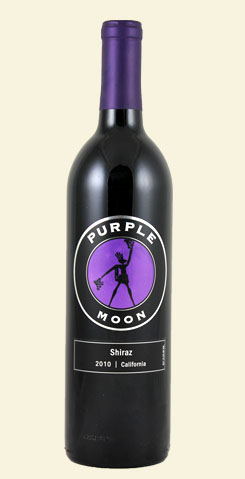 The best wines come from Italy, France, Southern California… Or do they?
The best wines come from Italy, France, Southern California… Or do they?